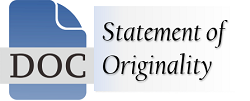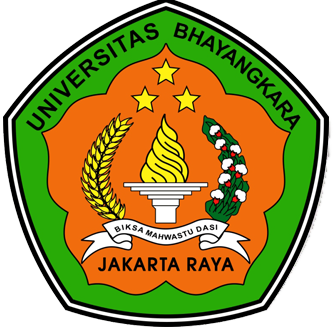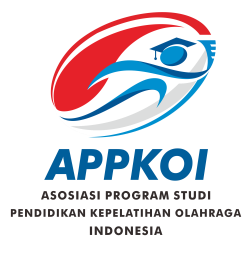| Google Schoolar Citation |
| EDITOR IN CHIEF |
|
Ahmad Muchlisin Natas Pasaribu |
| ..:: MAIN MENU ::.. |
| ..:: DOCUMENTS ::.. |
 |
 |
| ..:: TOOLS ::.. |
| ..:: VISITORS ::.. |
|
|
| ..:: ISSN BARCODE ::.. |
|
E-ISSN |
|
P-ISSN
|
| ..:: SUPERVISED BY ::.. |
  |
| ..:: TUTORIALS ::.. |
|
HOW TO SUBMIT TUTORIAL MENDELEY |
| ..:: IN COLABORATION WITH ::.. |
| ..:: SUPPORT CONTACT ::.. |
 |



.png)




